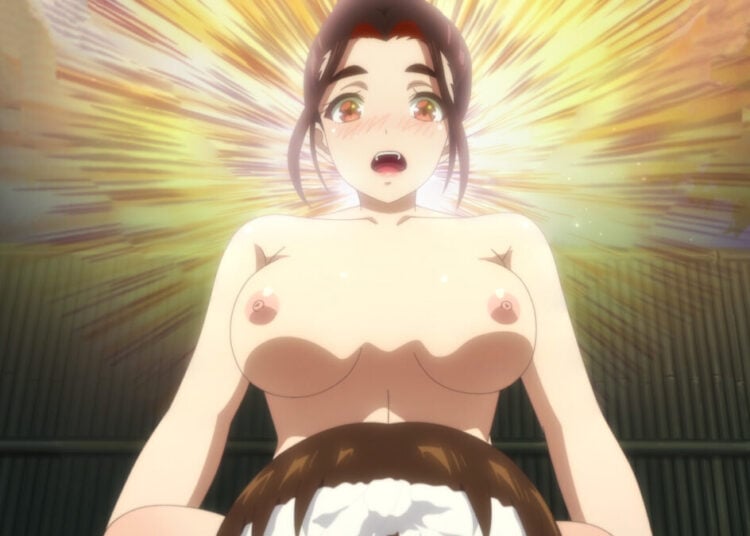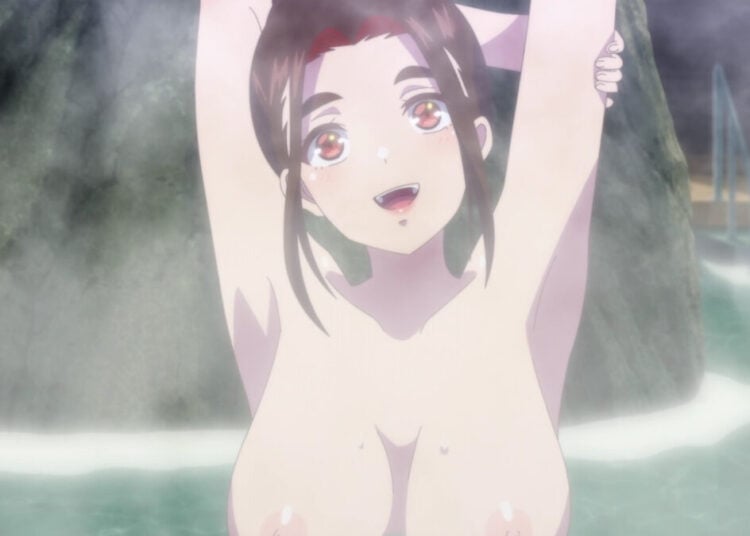As you may have seen over some of my previous posts, Yoshiki Takaya’s Bio-Booster Armor Guyver has had more than its fair share of adaptations over the years. Whether it’s the myriad OVAs, or the two live-action films made in Hollywood, to call them all a mixed bag would be an understatement. Then, there’s the underrated anime series Guyver: The Bio-Boosted Armor (2005–06): the franchise’s first — and so far, only — foray into TV. Much more faithful to the source material than its predecessors, it makes a strong effort, even if it’s a hobbled one.
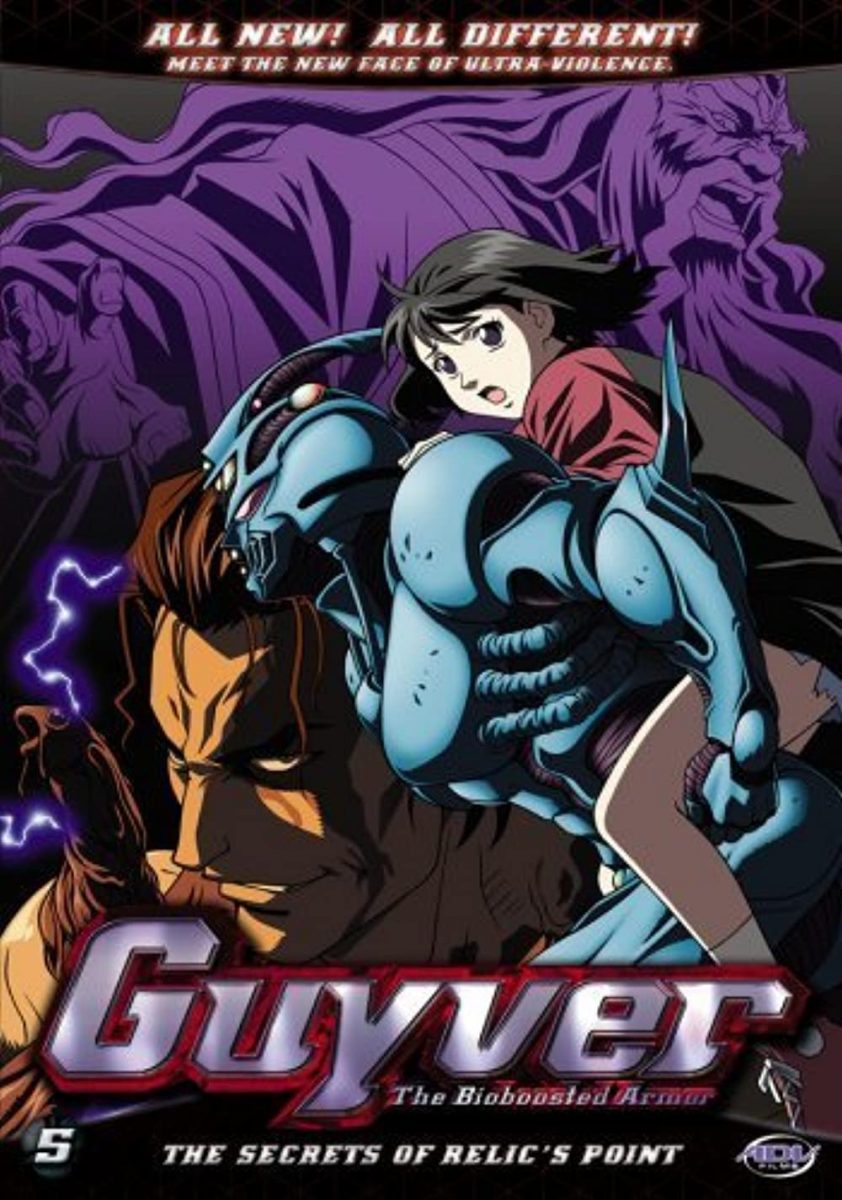
This 26-episode rendition of the manga was directed by Katsuhito Akiyama, of Dual! Parallel Trouble Adventure (1999) fame. More remarkable is how this was also co-produced by ADV Films and animated by OLM, Inc., the same studio responsible for the likes of Gunsmith Cats (1995) and myriad Pokémon entries. In spite of a decent foundation and competent staff on deck, however, the show didn’t quite make waves as intended. Instead, it failed to really stand out, and was soon overshadowed by other contemporary anime.
https://www.youtube.com/watch?v=GlafqInW2vg
The anime’s metal-laden opening, “Waiting For…” by Reiri You, is a solid work in its own right, capturing the best parts of the show. (Source: YouTube)
With all that said, you might be wondering whether this series is worth your time and deserving of its storied pedigree? It never hurts to take another look, as there’s more going for it than might seem.
Once More, With Drawn-out Clarity
Compared to its predecessors, Guyver: The Bio-Boosted Armor goes much further by adapting the first 10 volumes of the manga. One day, high-schooler Sho Fukamachi (Kenji Nojima, Chris Patton) and best friend Tetsuro Segawa (Kōsuke Takeuchi, Lowell Bartholomee) stumble upon one of the titular Guyver units: an alien device sought after by the Japanese branch of the insidious Chronos Corporation. After being bonded to the object against his will, Sho’s life, along with those of his friends and loved ones, is put in constant danger by the organization and its hidden army of Zoanoids. What ensues is a war for mankind’s destiny, as allegiances are tested and even the secrecy of it all is broken for the entire world to see.
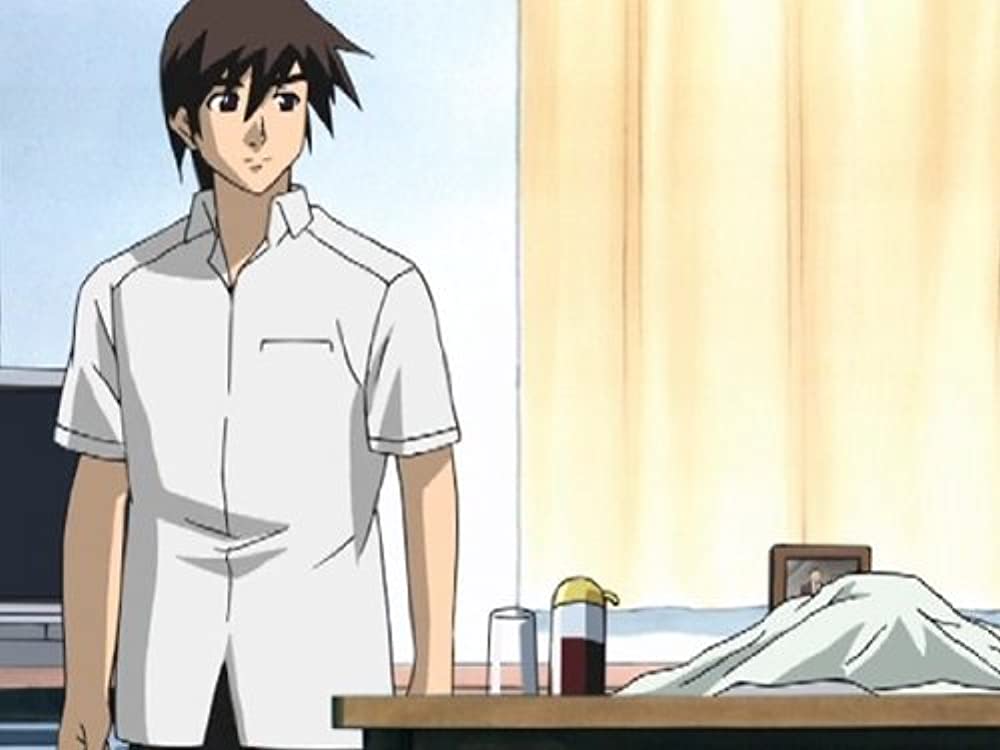
Among the show’s biggest highlights is how it strives to be significantly more faithful to Takaya’s original, which by and large it succeeds at. For one thing, the anime sticks closely to not only the source material’s storyline but also its pacing. In practice, this translates into major plot arcs being spread out over several episodes, giving more time to develop the setting and characters in a way that a single 30-minute OVA couldn’t. There’s much more time given in expounding the setting, from the ever-escalating scale of Sho’s battles, to humanity’s origins, and the true plans of Chronos. What started out as ‘80s super-sentai grindhouse fare has evolved into a fascinating look at how such a premise could play out globally. Granted, there are some small deviations, mostly in terms of pacing and what weapons are used, though these were done with the mangaka’s direct approval.
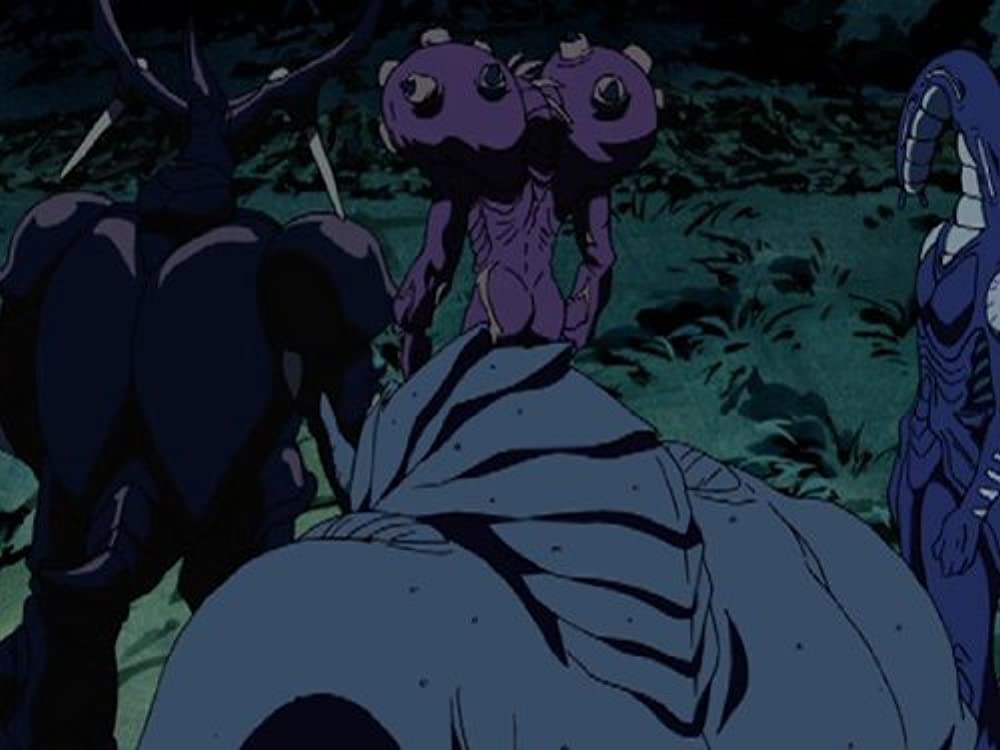
The expanded scope extends to the characters. In addition to the protagonists, whose plight is further expounded upon, the anime puts more of a spotlight on other major characters, many of which were either sidelined or absent in earlier entries. Some, like anti-hero Agito Makishima/Guyver III/Zeus (Katsuyuki Konishi, Brian Jepson) and loyal retainer Shizu Onuma (Michiko Neya, Brittney Karbowski), have their own gripes against their enemy which don’t always align with Sho’s goals. Meanwhile, you have Zoanoids who are shown to be much more than just monsters, with journalist Masaki Murakami (Mitsuaki Madono, Andrew Love) using his powers as a Zoalord to help mankind in revenge against his own kind. Even the villains, notably Richard Guyot (Kinryu Arimoto, Bill Wise) and Dr. Hamilcar Barcas (Saburo Kamei, Charles Campbell), are shown to be complex, with their own ambitions and power struggles.
If there’s one particular flaw that the anime has in its effort to be faithful, it’d be how it works a little too well. Its attention to detail can also result in plotlines being dragged out to the point that, such as when Tetsuro Segawa and his sister are in hiding after Chronos’ world-conquering “X-Day”, they come off as filler episodes. Despite all the twists and turns, you can’t ignore the “Monster of the Week” format’s repetitiveness, given how increasingly overpowered the Guyver units and Zoanoids become.
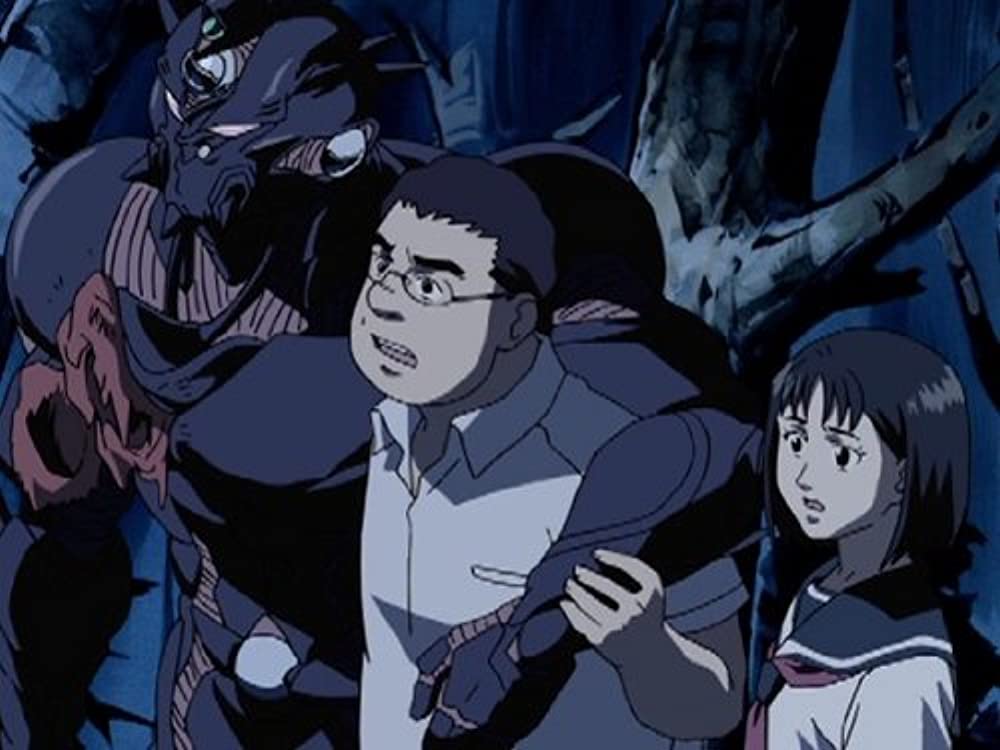
These don’t distract from the compelling lore and personal struggles that can keep one riveted. In spite of a somewhat abrupt cliffhanger of an ending, it’s as close as you can get to seeing the manga come to life.
Sterilized Carnage
In terms of visuals, Guyver: The Bio-Boosted Armor stumbles in its stride. The overall art style and aesthetics have been updated to 21st Century standards, while still retaining the ‘80s-esque detail of the source material. Where it fumbles, however, is in how overly crisp everything looks, as well as the cut corners in the actual animation, resulting in action being stilted at times. The CGI effects, especially, don’t blend too well with the rest of the imagery. Moreover, the visceral goriness of the OVA adaptations, as well as the nudity, has been downplayed, to the point of seeming sterilized. This is a shame, given how the ultraviolence is still very much present, particularly in some of the intense fight scenes.
While there are some cut corners, the animators tried their best to make even the villains look grandiose. (Source: YouTube)
The performances, whether it’s the original Japanese track or ADV’s English dub, are generally solid. Though nothing exceptional, the voice actors give just enough grounded seriousness and bombastic kitsch into their roles that it flows naturally. Sound director Jun Watanabe, meanwhile, succeeds in delivering the right atmosphere, be it the suitably visceral sound effects, or an ambiance that’s simultaneously ominous and heart-pounding. All in all, the audio makes a strong effort to compensate for the show’s other limitations, showing how much care’s been put.
Unfortunately, the anime’s strengths weren’t quite good enough for it to make much headway when it was first broadcast. That the show failed to capture the brutal grindhouse carnage of yesteryear has likewise been seen as a negative by those who’ve seen the OVAs. In addition, though it’s seen reruns and a North American release in 2010 courtesy of Funimation, there were no plans for any follow-up series adapting the later volumes, leaving viewers stuck with a cliffhanger. Given Takaya’s increasingly sporadic update schedule and chronic illness, it’s unlikely that a resolution will be forthcoming.
Even so, the TV series isn’t really a failure, so much as it’s underrated. If anything, it has gained a following over the years. Chances are, you’re bound to find something to like in this rendition of the Guyver.


